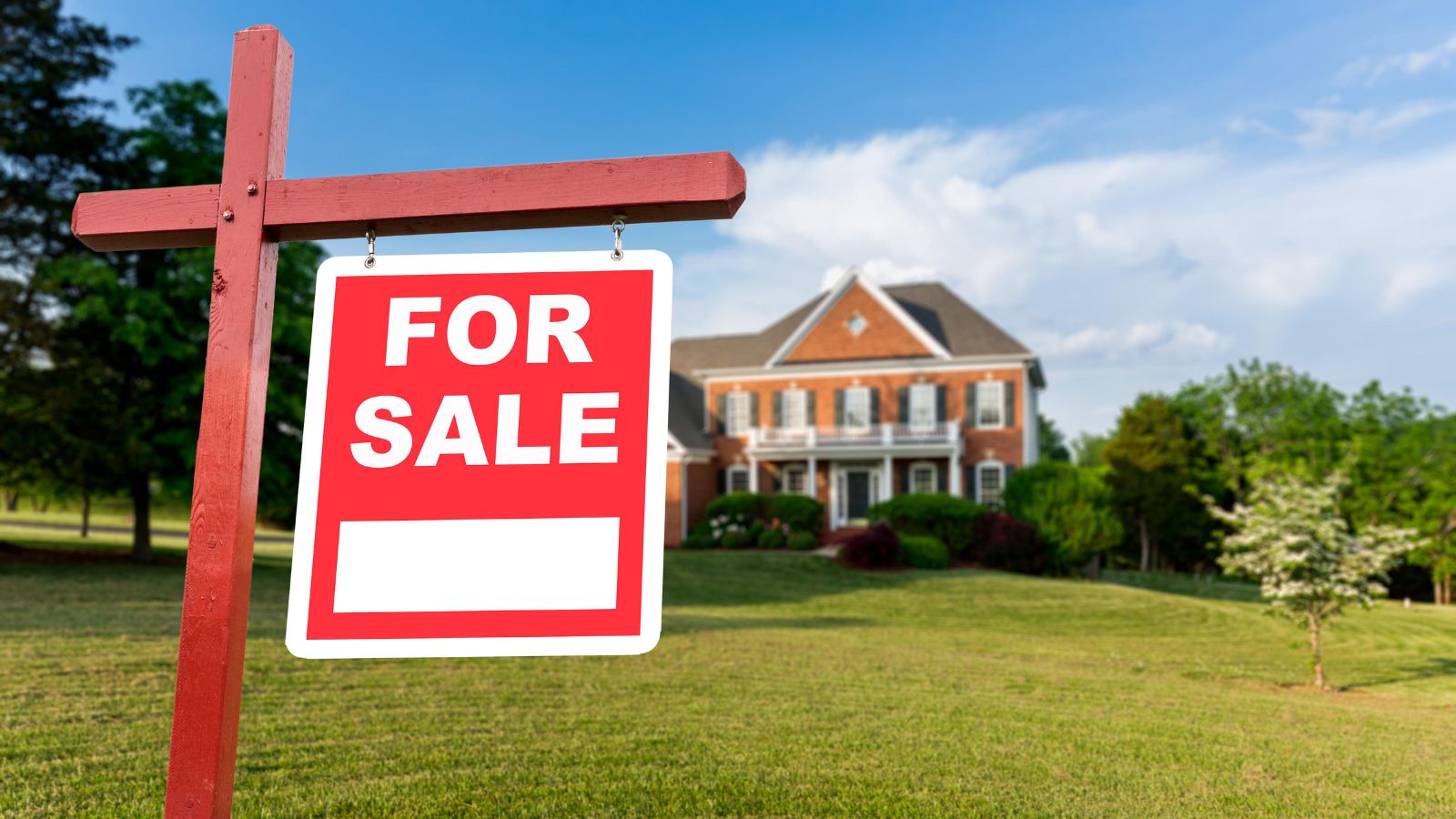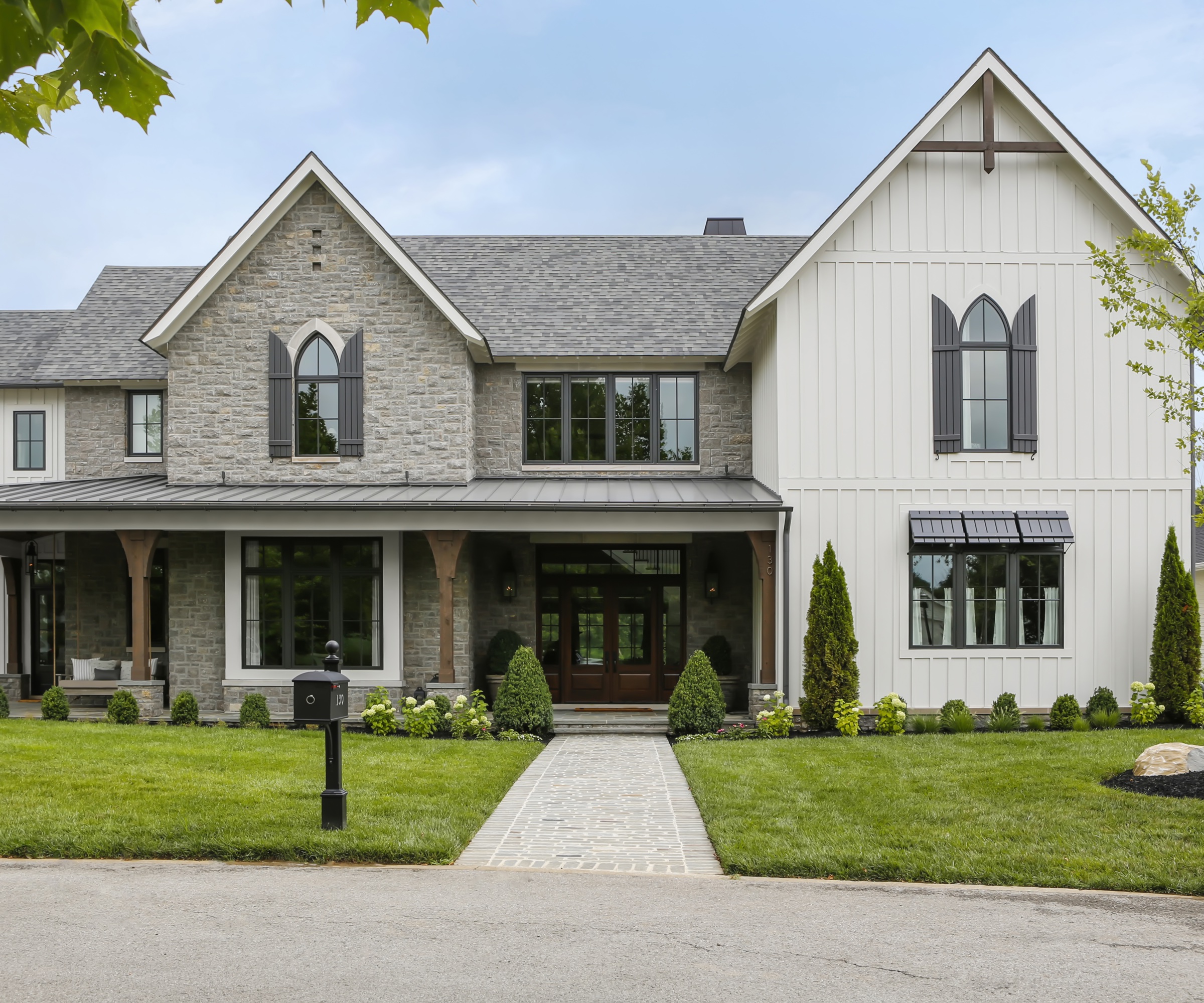Don’t have buyer's remorse – 7 signs a house isn’t worth the investment
Look out for the money pits. These are the clues to a home that’s a bad investment


Buying a house is an investment it’s vital to be cautious about. Whether it’s a fixer-upper or not, there are some issues that mean a house could end up costing more than it’s worth.
A home inspection will give you valuable information, of course, but your own observations when you first see the house can give you plenty of insight into possible problems if you know what you should be looking for.
We asked real estate and construction professionals to share the signs that a house isn’t worth the investment so you can swerve the heartache that comes with bills you weren’t expecting and a purchase that could prove very costly.
7 signs a house isn’t worth the investment
Many homebuyers are happy to take on home renovation projects, but some issues aren’t worth the investment. Taking on a house with these problems can leave owners out of pocket and full of buyer remorse.
We’ve put together a guide to the red flag issues any house purchaser should be on the lookout for.
1. Cracking or sagging

Some problems are difficult to solve. ‘One major red flag is when a house has serious structural issues like a cracking foundation or sagging floors and roofs,’ explains licensed real estate agent Shannon Feick from ASAP Properties.
‘These types of problems can be signs that the house is unsafe to live in. Repairing structural damage is incredibly expensive and also risky because it can reveal even more issues once you start the work.
Design expertise in your inbox – from inspiring decorating ideas and beautiful celebrity homes to practical gardening advice and shopping round-ups.
‘Buyers should look for uneven floors, doors that won’t close properly, or cracks along the walls and foundation as evidence of these issues.’
2. Foundation out of level
Foundation problems can become apparent in a house with additions or that has previously been remodeled.
‘One sure sign a house is going to be too expensive for investment is when a house has been added onto or even just remodeled while the foundation was out of level,’ says real estate entrepreneur Danny Johnson, owner at Danny Buys Houses.
‘This problem is difficult to cure because it might be impossible to get the entire house onto a single-level plane. It’s also possible that leveling the foundation will crack drywall, crack floor tile, push doorways out of square, and generally disrupt everything in the house so that it all needs to be redone.
‘Be on the lookout for floors that slope in one room but are level in an adjacent room. On one occasion, I noticed there were cabinet filler pieces that had been cut into a wedge shape to try to mask the fact that it butted up against a wall that was not plumb. Placing a level on the countertops confirmed that the cabinets and countertops were not level.’
3. Outdated plumbing or electrical systems

Consider the age of plumbing and electrical systems to avoid buyer remorse. ‘For homes built several decades ago, the plumbing might be made of materials that are now known to be problematic, such as galvanized steel or polybutylene pipes, which can corrode, leak, or burst, leading to significant water damage,’ explains Kristin Hintlian, co-owner of Massachusetts-based construction company Bonsai Builders.
‘Similarly, electrical systems that haven’t been updated to current standards can pose serious safety hazards, including fire risks. Updating these systems can be invasive and expensive, often requiring walls to be opened up, which adds to the overall renovation costs.’

Kristin Hintlian is the co-owner of Bonsai Builders, a construction company based in Massachusetts. With a rich background in construction management and a passion for quality craftsmanship, Kristin has played a pivotal role in establishing Bonsai Builders as a trusted name in the field.
4. Roof and siding in bad shape
Be aware of the possibility of roof and siding problems to swerve a bad investment. ‘If shingles are missing, curling, or you spot stains on interior ceilings, the roof may need more than just minor repairs – it could require a full replacement,’ says Heath Birdsong, project manager at Ridgeline Construction Roofing & Exteriors.
‘Similarly, with siding, if you see widespread rot, mold, or warping, it’s not just a cosmetic issue. These problems can signal deeper structural damage from water infiltration, leading to costly repairs. Replacing a roof or siding involves not just the outer materials but potentially fixing underlying damage. It’s a big investment, and while a new roof or siding can improve a home’s value, the costs can outweigh the benefits if the damage is severe.’
5. Hazardous materials

Another concern around older homes is hazardous materials. ‘The presence of hazardous materials such as asbestos or lead-based paint can be a red flag,’ says Kristin Hintlian.
‘These materials were common in older homes but require specialized removal processes that can substantially increase renovation costs. They also pose health risks during renovation, necessitating the involvement of professionals trained in hazardous material removal.
‘When these materials are discovered, it's not just a matter of updating aesthetics or improving functionality; it’s about making the home safe for occupancy, which can dramatically impact your budget and timeline.’
6. Lingering on the market
A house that has been listed for a long time could also suggest an issue. ‘A red flag to look out for that may indicate a house isn’t worth the investment is if the house has been on the market for a long time – longer than you would expect for a house of its listing price and apparent quality,’ explains Seamus Nally, CEO of TurboTenant and a landlord of several residential properties in upstate New York and Colorado.
‘Much of the time, this could indicate that there are issues with the home that aren’t instantly visible. There may have been other potential buyers who had completed pre-offer inspections only to discover some problems that made the investment not worth it for them. This could also indicate that the seller is not willing to negotiate much on price, even with home issues being discovered.’
7. Drained inground pools

Be aware that an empty pool might bring serious costs. ‘We’ve bought a house in San Antonio before where the pool was empty when we bought the house,’ recalls Danny Johnson. ‘The pool needed to be replastered and tiled. We paid thousands of dollars to do this, and it looked amazing.
‘The problem we faced became apparent when the pool was finished and filled with water. I found it was terribly out of whack. You could not tell the pool was low on one side without water in it. After being filled, you could see where the water line did not match the tile border. It was way off! Leveling an inground pool is very expensive, and you run the risk of breaking plumbing. It’s best to avoid this situation altogether.’
FAQs
How do you tell if your house is a bad investment?
Look out for the signs that you will need to undertake work on a property to avoid costly renovation mistakes. ‘When it comes to major issues with a property, it’s important that one assesses each individual item that will need to be replaced or repaired and truly assess whether that is worth the investment or not,’ says Sebastian Jania, Director of Ontario Property Buyers. ‘Once one starts to go into more extensive renovations beyond cosmetic ones, it starts to be less and less worth it to do those renovations, especially if one is inexperienced with such extensive projects.’
It’s the big ticket items that any prospective homebuyer needs to be mindful of when considering a purchase – but if you’re not ready to walk away, call in a licensed inspector to conduct a full home inspection. ‘They can give great insight of big ticket item expenses that might be needed immediately,’ says Blake Blahut, broker associate and realtor at Realty ONE Group. ‘More often than not, these excessive expenses do not yield a return.’

Sarah is a freelance journalist and editor. Previously executive editor of Ideal Home, she’s specialized in interiors, property and gardens for over 20 years, and covers interior design, house design, gardens, and cleaning and organizing a home for Homes & Gardens. She’s written for websites, including Houzz, Channel 4’s flagship website, 4Homes, and Future’s T3; national newspapers, including The Guardian; and magazines including Future’s Country Homes & Interiors, Homebuilding & Renovating, Period Living, and Style at Home, as well as House Beautiful, Good Homes, Grand Designs, Homes & Antiques, LandLove and The English Home among others. It’s no big surprise that she likes to put what she writes about into practice, and is a serial house renovator.